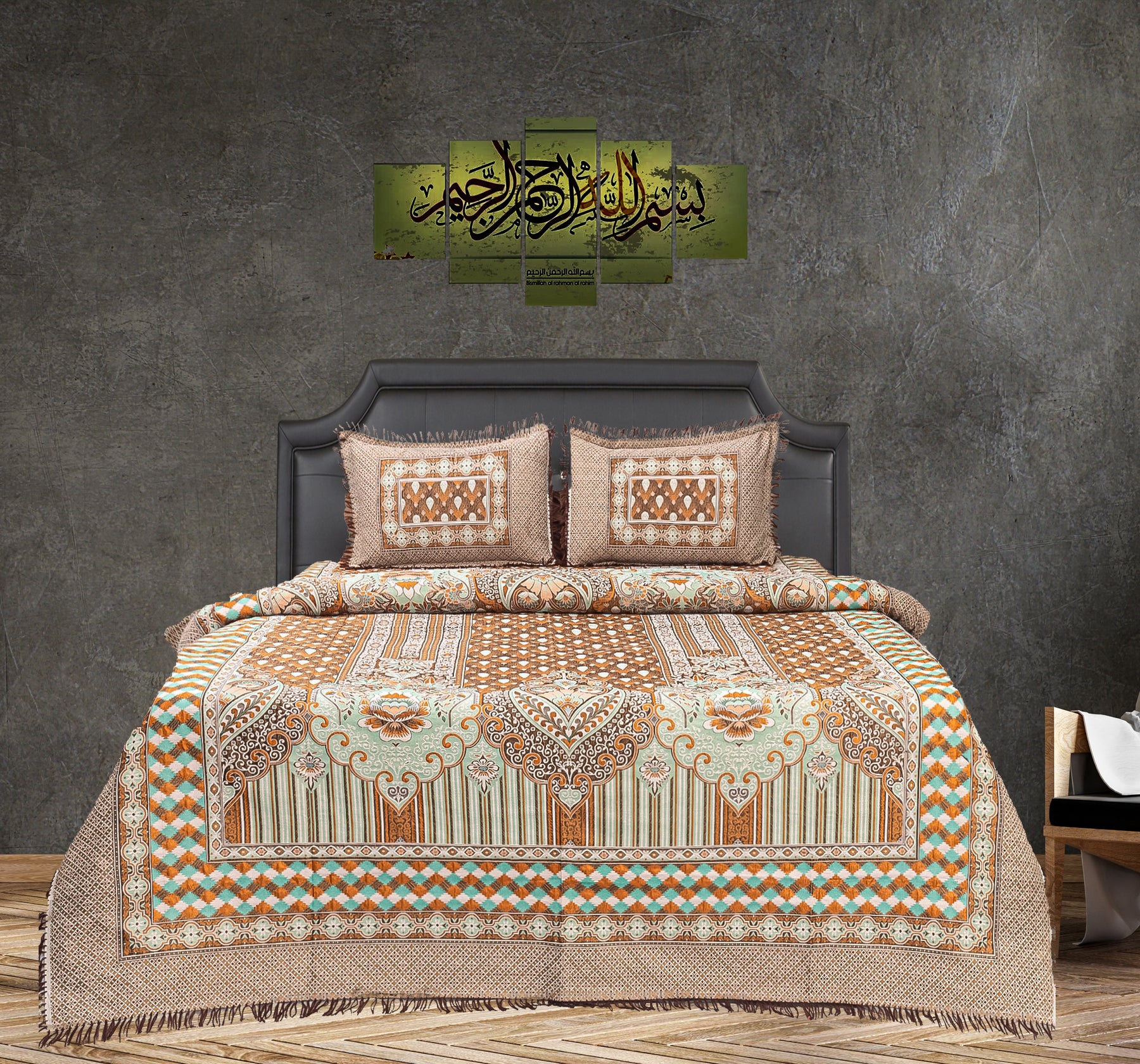In the quest for a good night’s sleep, many factors come into play, and one often overlooked aspect is the quality of your bed sheets. The right bed sheets can make a significant difference in your sleep experience, affecting comfort, temperature regulation, and overall well-being. But with so many options available, how do you find the best bed sheets for your needs? In this comprehensive guide, we’ll delve into the science behind bed sheet materials, thread count, weave, and other important factors to help you make an informed decision.
Understanding Bed Sheet Materials: Cotton, Linen, and More
When it comes to bed sheet materials, cotton reigns supreme for its softness, breathability, and durability. Egyptian cotton, known for its long fibers, is particularly prized for its luxurious feel. However, other materials like linen and bamboo offer unique benefits. Linen sheets are highly breathable and ideal for hot sleepers, while bamboo sheets are prized for their eco-friendly properties and silky texture. Understanding the characteristics of different materials can help you choose the best option for your preferences and needs.
Decoding Thread Count: Quality vs. Quantity
Thread count is a term often associated with bed sheets, but its significance can be misunderstood. Contrary to popular belief, a higher thread count doesn’t always equate to better quality. While thread count measures the number of threads woven into one square inch of fabric, it’s just one factor among many that determine the overall quality of bed sheets. Instead of focusing solely on thread count, consider factors like fiber quality, weave, and finish to ensure you’re getting the best bed sheets for your money.
Weave Matters: Percale vs. Sateen
The weave of a bed sheet can have a significant impact on its feel and performance. Percale and sateen are two common weave types, each offering distinct characteristics. Percale sheets have a crisp, matte finish and a breathable, lightweight feel, making them ideal for those who prefer a cool sleep surface. On the other hand, sateen sheets have a smooth, lustrous surface and a slightly heavier weight, providing a luxurious feel with a subtle sheen. Understanding the differences between these weaves can help you choose the best option based on your preferences.
The Importance of Breathability and Temperature Regulation
Breathability is a crucial factor in determining the comfort of bed sheets, especially for those who tend to sleep hot or cold. Breathable materials like cotton and linen allow air to circulate freely, helping to regulate body temperature and prevent overheating. Additionally, moisture-wicking properties can help keep you dry and comfortable throughout the night. By choosing bed sheets that promote airflow and temperature regulation, you can enjoy a more restful and comfortable sleep environment.
Finding the Perfect Fit: Size and Depth
When selecting bed sheets, it’s essential to consider the size and depth of your mattress to ensure a proper fit. Standard mattress sizes include twin, full, queen, king, and California king, with varying depths ranging from standard to extra deep. Be sure to measure your mattress dimensions, including depth, before purchasing bed sheets to avoid any fit issues. Deep-pocket sheets are designed to accommodate thicker mattresses and mattress toppers, providing a snug fit without slipping or bunching.
Frequently Asked Questions (FAQs)
Q: What is the best thread count for bed sheets?
A: The best thread count for bed sheets depends on personal preference and other factors like material and weave. Generally, a thread count between 200 and 800 is considered suitable for most people.
Q: How do I care for my bed sheets to maintain their quality?
A: To prolong the life of your bed sheets, wash them in cold water with a mild detergent, and avoid using bleach or fabric softeners. Tumble dry on low heat or line dry to prevent shrinkage and preserve the fabric’s integrity.
Q: Are organic bed sheets worth the investment?
A: Organic bed sheets are made from materials grown without synthetic pesticides or fertilizers, making them a more sustainable and environmentally friendly choice. While they may come at a higher price point, many people find the investment worthwhile for the peace of mind and quality they provide.
Q: How often should I replace my bed sheets?
A: It’s recommended to replace your bed sheets every 1-2 years, depending on wear and tear. Signs that it’s time for new sheets include fraying, pilling, and loss of elasticity.
Conclusion
When it comes to finding the best bed sheets, there’s no one-size-fits-all solution. Instead, it’s essential to consider factors like material, weave, thread count, and breathability to choose the option that best suits your preferences and needs. By understanding the science behind bed sheet construction and investing in quality materials, you can create a comfortable and inviting sleep environment for years to come.

